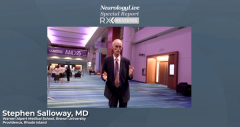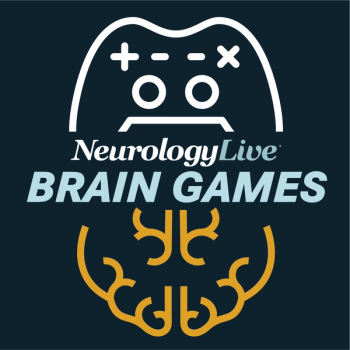
Maintaining Efficacy in Safer Donanemab Dosing Regimen
Dementia expert Stephen Salloway, MD, PhD, overviews the stepwise donanemab regimen approved by the FDA, citing how it not only reduces ARIA rates but preserves the same level of amyloid reduction as the original dosing. Supported by Eli Lilly.
Episodes in this series

At the
In the second episode of this AAIC Special Report, Salloway discussed the updated 52-week data from the TRAILBLAZER-ALZ 6 study and its impact on clinical practice. He noted that the FDA-approved new stepwise dosing regimen for donanemab is already in use at his center and recommended for broader adoption because of its ability to reduce amyloid-related imaging abnormalities (ARIA) risk. He also talked about how the revised regimen maintains the same level of amyloid reduction as the original approach. Although the study focused on dosing and safety rather than clinical outcomes, Salloway highlighted that amyloid PET imaging confirmed comparable reductions in amyloid plaques.
Transcript below edited for clarity.
Stephen Salloway, MD: The point is that now that data was submitted to FDA, has been published. That was at 6 months, and now there's 52 week data, both of which have been or either published or ready for publication, have been submitted to FDA. The FDA has approved this new dosing regimen, which is great. I recommend it. We're using it in our center, and I recommend that other to other centers use it to lower the rate of ARIA. Also another important finding was it there was no decrease in amyloid lowering. It looks like it had the same clinical effect, the same target effect on amyloid, as the original dosing regimen.
There isn't really a downside to it that I'm aware of. You just have to be aware that this is the new dosing regimen. As I said, 1-2-3-4, based on 350 milligram dosing, and then you just continue on with 1400 milligrams. In the TRAILBLAZER-ALZ 6 study, it really was a dosing trial and safety, there's really no clinical outcomes there, so there's no clinical takeaways other there. There was imaging, as I mentioned, amyloid PET follow up. Amyloid PET was obtained, and there was the same degree of amyloid lowering, which seems to be associated with the clinical benefit, but this trial had no clinical data.
Newsletter
Keep your finger on the pulse of neurology—subscribe to NeurologyLive for expert interviews, new data, and breakthrough treatment updates.






